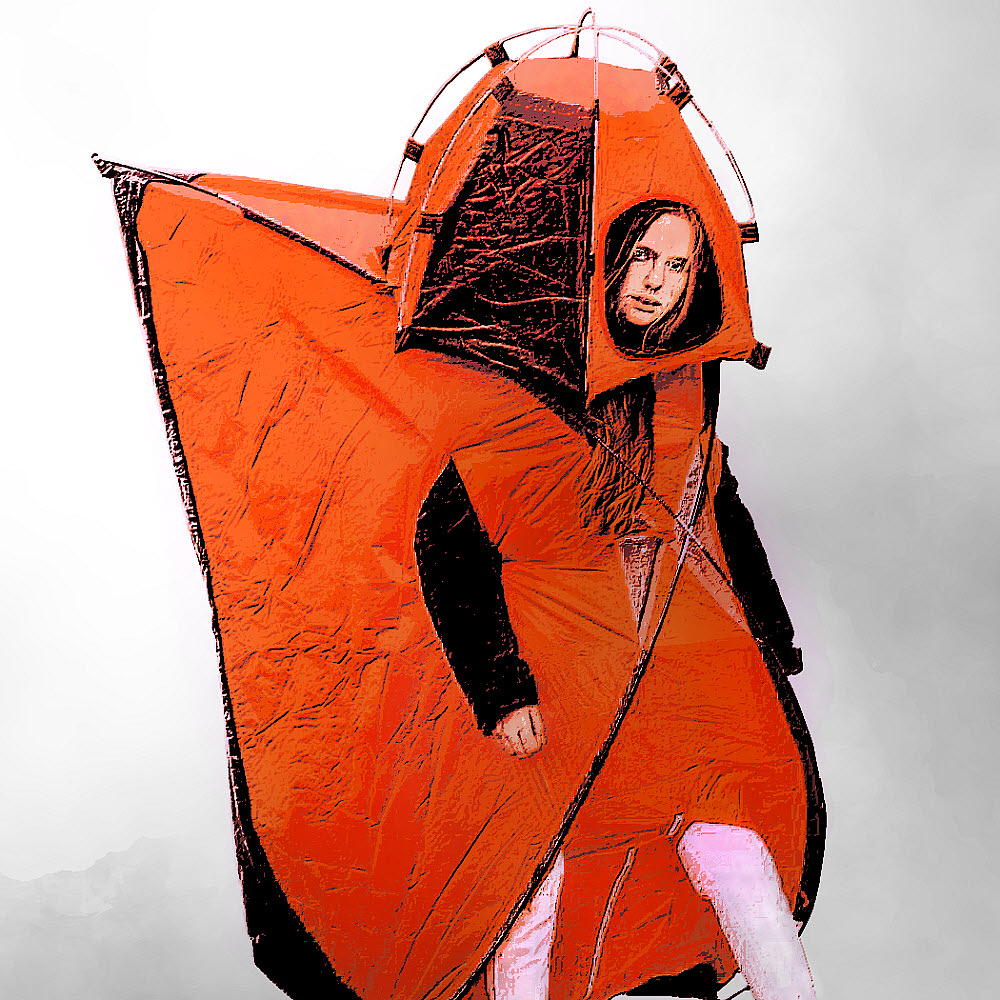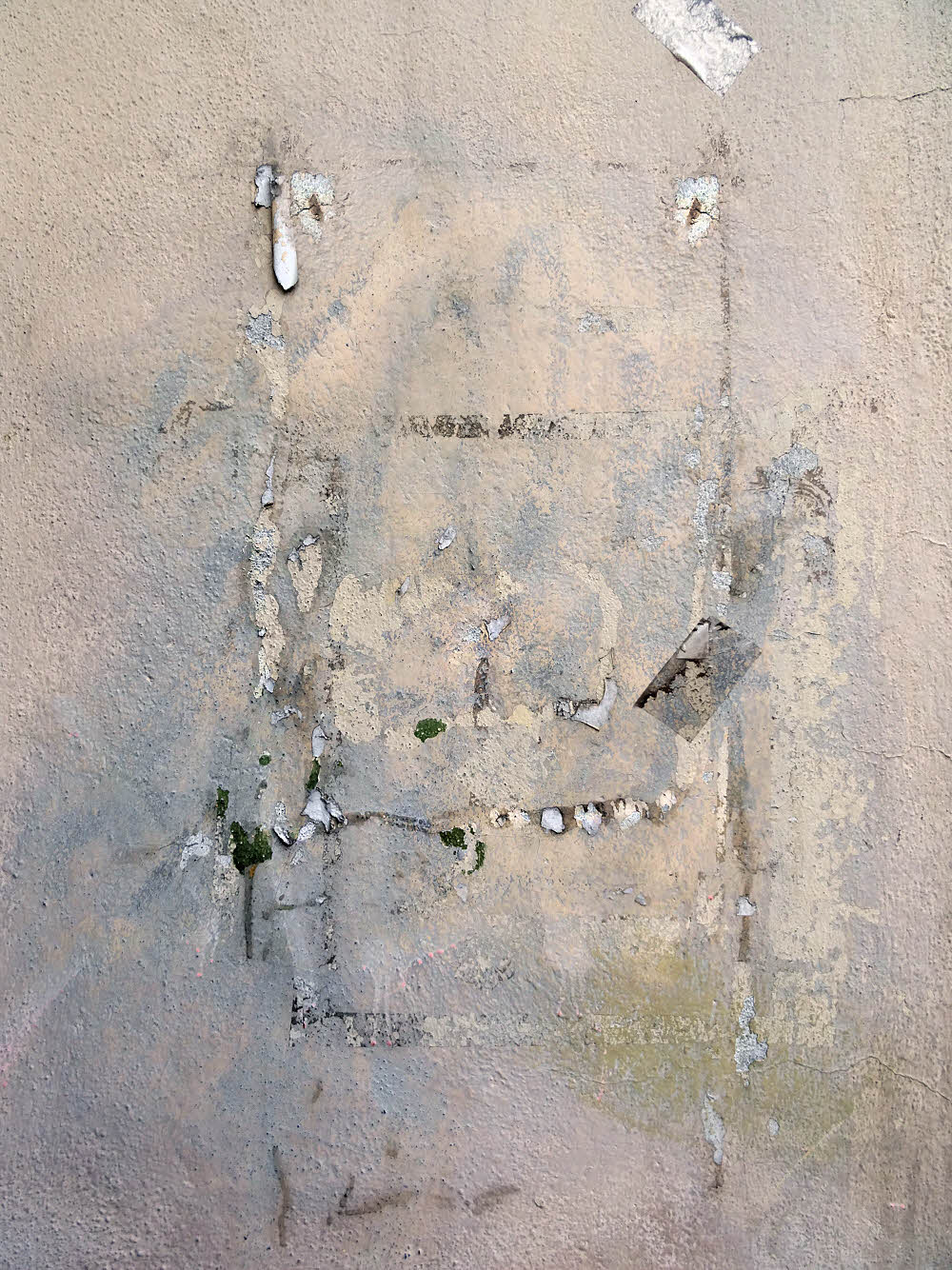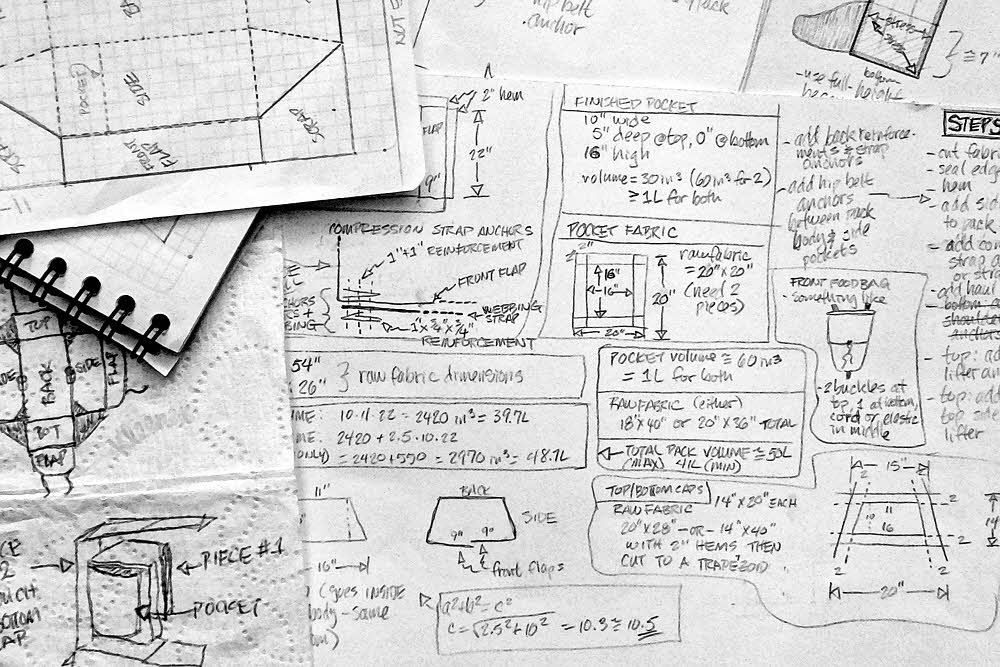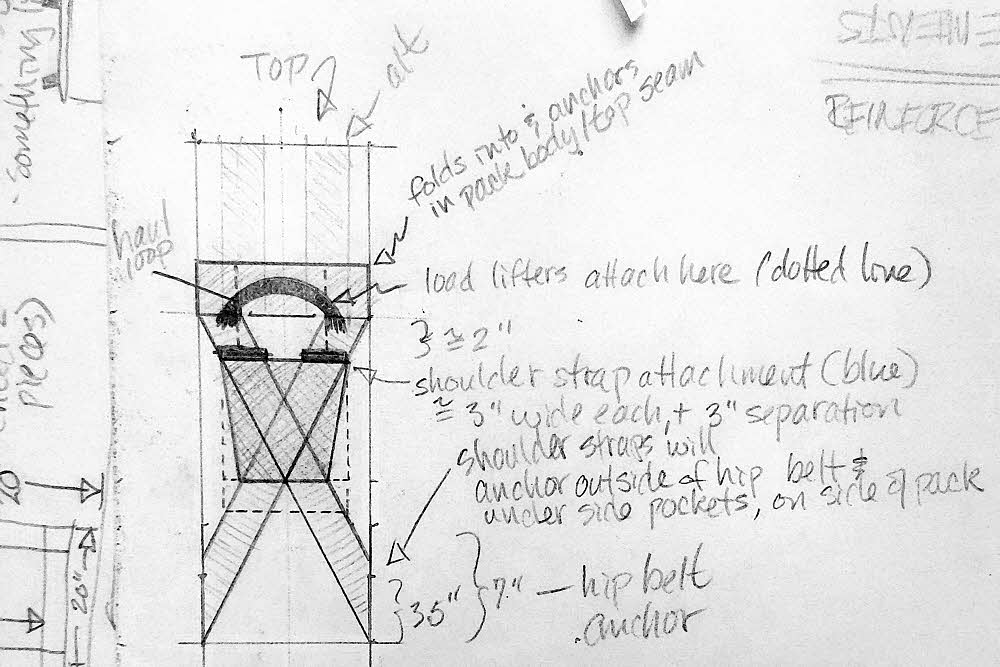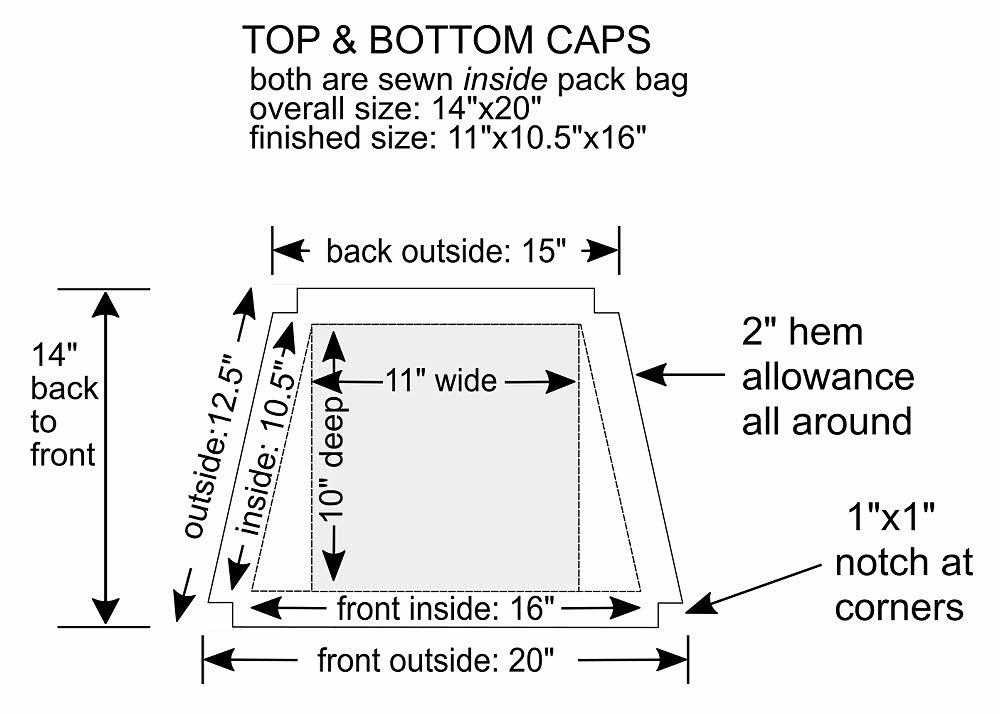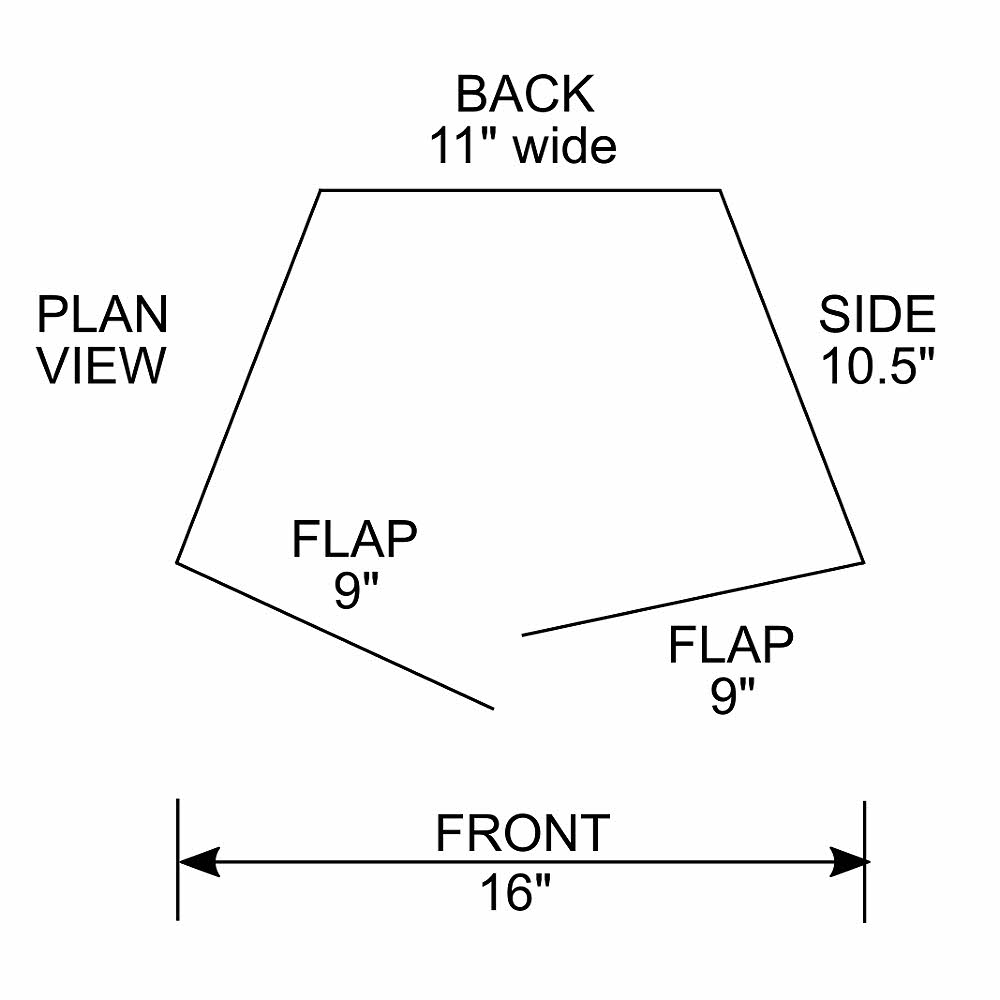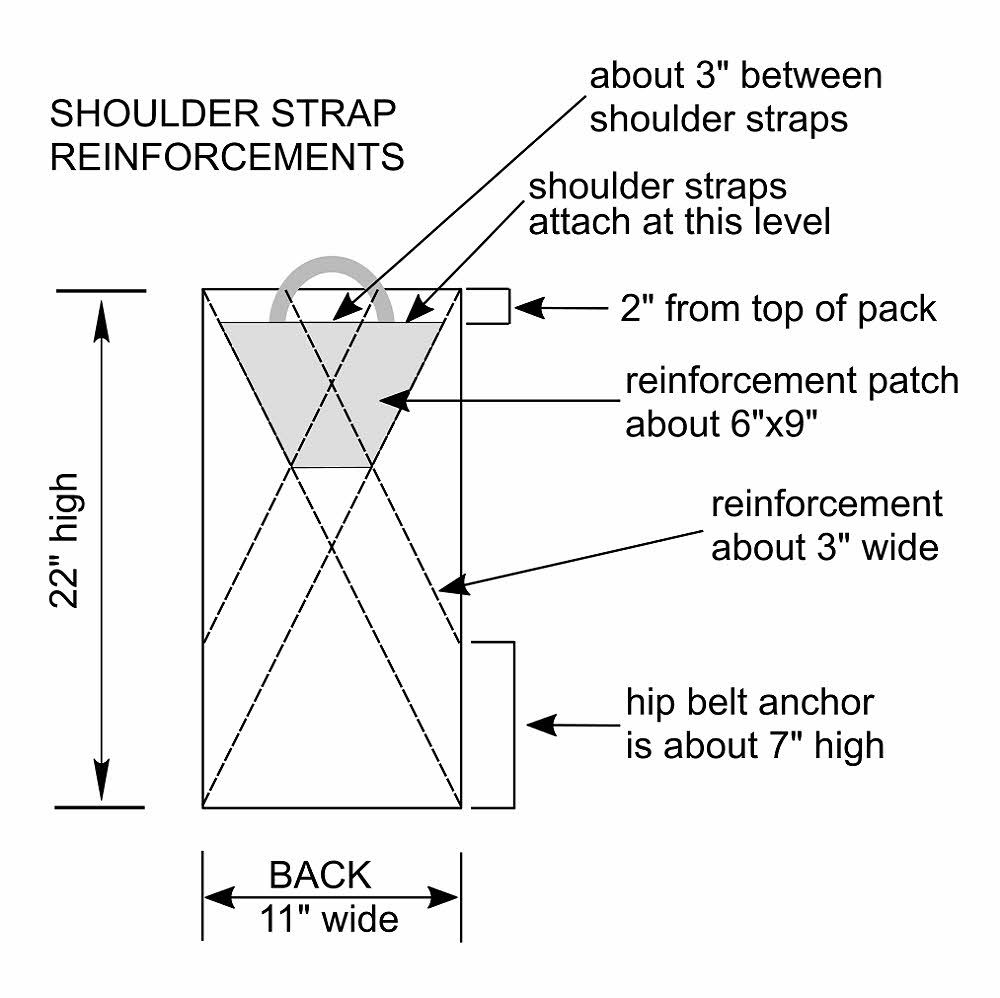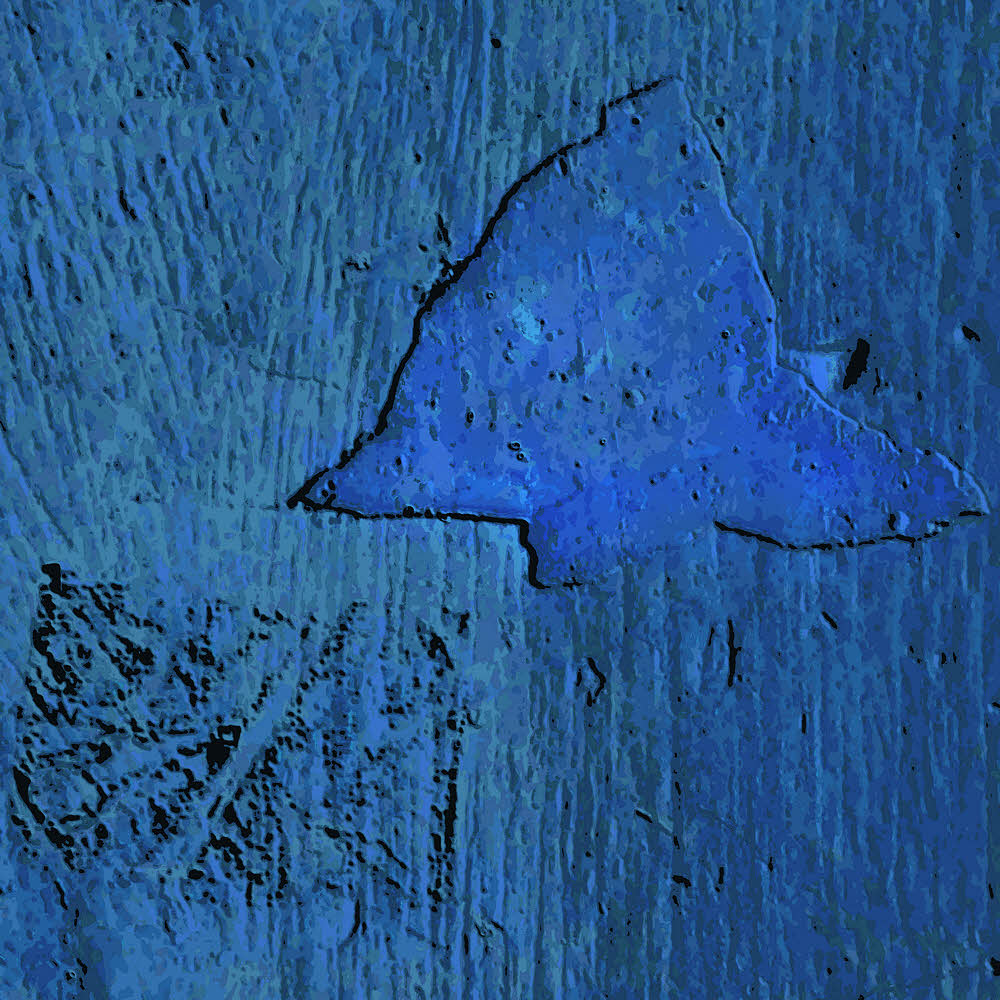
Use these to cook like an effer.
I've been ruminating. I do that, mainly while walking.
Lately I've been thinking about stoves again, alcohol stoves. I picked up this round of stove fever after reading some old posts about poncho tarps from 2006. Besides doing some fun things with tarps, the author designed and made his own alcohol stove. Like every other alcohol stove in existence, his was the most efficient.
I have done it too. If you start using an alcohol stove you'll likely take your own whack at it. Harmless fun. There are probably hundreds of designs out there by now and they are really two or three basic designs endlessly repeated, with all the same advantages and flaws mirrored in the other designs.
But I did get thinking again.
So what then does it take to make an efficient stove system? More than a stove. The stove is one component, but not the only one. It is a system. There is a cook pot and a way to support it, protection from wind and rain, and sometimes even more components. So what's the deal then, really?
That brings us to now. By writing my thoughts I'll be able to judge the sense of them. Putting together a cooking system is a whole nother thing, as they say. Making one thing better than the others takes a lot of trials and enough record keeping to allow actual comparisons. It takes time and effort and usually one gets bit in the butt.
Knowing and doing are not necessarily related, but the thinking is the most important part, so here come the thought drops.
Ground rules:
- Let's assume that we're heating water — no actual cooking.
- No simmering.
- No roasting.
- Just heating clean water to a boil or close to a boil.
As I see it, there are at most 4 possible ways to improve the cooking performance of an alcohol stove. (When I say "stove", that's everything needed to heat water: stove, windscreen, pot, pot stand, additional thinamajigs, and so on.)
The four basic ideas are:
- Increase stove efficiency.
- Increase pot efficiency.
- Optimize the exhaust gas dwell time.
- Optimize the windscreen.
1. Increase stove efficiency.
There are several ways to do this. Making the flame as efficient as it can be is a decent place to start. An efficient flame, all other things excluded, is partly a matter of keeping it small. (Or actually, right-sized.)
A right-sized flame allows cleaner burning and less flame wasted in shooting off to places where it won't do anything.
For the best flame we should optimize the flame height, the flame shape, the flame-to-pot distance and the flame's contact patch on the bottom of the pot.
I'm not providing any details here on what or how, only noting that these are areas to think about during design.
We also need to isolate the flame from drafts.
Along with this, it's important to reduce heat lost from the stove body itself. This happens by conduction, radiation, and convection. Conduction losses are into the surface that the stove is sitting on. It shouldn't be in contact with any other surfaces but it has to be. With the ground for sure, and with some setups the pot sits directly on the stove. Any conductive loss in that case would be into the cook pot, which would be good if it heated water faster, or bad, if it made the stove less efficient.
I think that it's also a good idea to reduce the stove's heat gain to the optimal amount. A stove has to consume some of the heat it produces or it will go out, but that amount of its output is small. Let the stove soak up too much of its own output and you have a runaway reaction.
A too-hot stove runs too fast and produces an uncontrolled flame, which blows heat all over without putting it where it's needed, so controlling stove overheating by controlling excess radiation and convection inside the system is important too. The stove should generate hot gases which transfer heat to the cook pot and not back to the stove.
So far this sounds reasonable. The next area to think about is to...
2. Increase pot efficiency.
There is an optimal size and shape of cook pot for every stove. The cook pot has to have a large enough surface area to absorb the maximum amount of heat energy. There is more than one way to do this.
Internally.
One way is internal to the pot. Make a pot with a heat exchanger built in. I don't know of any pot made for any cooking system anywhere that has this. What I'm talking about is the equivalent of a standard, building-size steam boiler but sized down for backpacking use. Most people haven't seen a boiler. I worked at a junk yard one summer, and saw one. It looked goofy. It's not what you expect.

Check out the fire tube. (via globalspec.com)
You see a steam locomotive and you think it's a big tank lying on its side with a fire underneath. Nope. Isn't.
It is a big tank with tubes running through it.
They come in two forms. Either the tank is full of water and fire runs through tubes inside the tank, surrounded by water, or the tubes contain water and fire burns in the tank around them.
Either way radically increases the surface area available for energy transfer, and radically increases efficiency. I don't know how to make this in a cook pot of a 24 ounce / 700 ml size, or of any size. If anyone, anywhere in the world makes a cook pot like this, you can bet that it's too big and heavy for backpacking, but it's nice to daydream about. I'd assume that my 700ml pot would weigh around 1 to 2 pounds (500 to 1000g) and cost $100 or more, due to the huge complexity involved in making it. That would be for a pot with water inside and fire running in vertical tubes through the pot.
The Kelly Kettle is the only thing anywhere near this.

Kelly Kettle
Externally.
That's an what I call an internal heat exchanger. The kind you might actually see is an external one. Some canister stoves use this sort of thing. The "MSR XPD Heat Exchanger" is one. It's a piece of corrugated metal that wraps around a cook pot and "funnels heat up the sides for faster, more even heating". Or so they claim, and they may be right.
Couldn't hurt, eh? Well, at $40 and 6 ounces / 170 g, it's a stretch for a canister stove used sitting in a campground. At that weight, it's heavier than a lot of complete alcohol cooksets (stove, pot, windscreen, and so on). And more expensive too. But the bigger issue is whether it would help. Probably not much. Heat running through it would transfer faster to the relatively colder air around it than to the relatively hotter put it's connected to. And there's an infinite amount of cold air available every day, all day.

MSR XPD Heat Exchanger (image via REI)
Selecting the right pot.
The third way to increase surface area is by choosing the right cook pot. The pot with the biggest bottom wins. Shoot a flame up from a stove, let it hit a pot whose bottom has an infinite area, and all the flame's heat energy will be absorbed.
Perfect. Except that things don't work that way.
Make the pot too big in diameter, for a given volume, and then the pot's sides will be too low. This is awkward. Make the pot too tall and narrow, and it will have no bottom surface area to speak of.
There is a balance point in the middle somewhere. Generally, the pot's height will be somewhere vaguely around 80% to 125% of its diameter or it becomes both unwieldy and impractical.

Imusa 1L aluminum mug.
For example, take a pot 5" wide and 4" high (125% wider than it is high). This pot is exceedingly squat. Round off and you get 125 and 100mm for width and height, for a volume of about 1.3L.
Reverse the dimensions and the result is a hair over 1L in volume, with a 4" diameter, a height of 5", and a diameter-to-height ratio of 80%, and it looks more like a standard cook pot or drinking mug. For a volume of around one liter, that's about it. Max efficiency in handling, and about all you're going to get to use for thermal efficiency.
An aluminum frying pan would have a much bigger bottom area for the same volume, but how are you going to handle it? Slosh, slosh, spill if you attempt it. Try to figure out how to keep it over your stove without it tipping over. What about a windscreen? Ah...no, not likely — goofy proportions. And the heat you pour into it at the bottom will jump out the top and run away about as fast as your stove can supply it.
Seems like it would be efficient but actually not. Just like the opposite, the beer can pot, with a diameter around 85mm, with 160mm for height, giving a diameter-to-height ratio of 53% — almost twice as high as it is fat. With a too-narrow pot, a lot of the stove's flame goes up the sides and escapes, which is what happens with the typical beer can pot.
Leaving pot dimensions behind, a third way to increase pot efficiency is to decrease the pot's wall thickness. No matter what the pot is made of, a lighter-weight pot absorbs heat more quickly, and the less energy any already-hot water can lose sitting there because the whole process speeds up and there is less time for that to happen. This is a plus for beer-can pots but they already have an inefficient shape and, since they are made of extremely thin materials, they are also extremely delicate, which brings us back to that other kind of efficiency issue, handling efficiency. Frying pan at one end of the scale, beer can at the other. Not only are beer cans crazy lightweight and frail but they are crazy likely to tip over. No handles either, never.
Absorbing heat better.
There is a fourth way to increase pot efficiency. That is to increase the heat-absorption rate of the pot material itself. Dark-anodized aluminum may be the best choice, because aluminum transfers heat well and a dark surface, which anodizing gives it, soaks up heat well. Titanium is also sort of darkish, though it and steel don't transfer heat nearly as well as aluminum. But on the other hand, since titanium is especially tough, titanium pot walls can be really thin, which means heat energy passes through it relatively easily. (Notice us chasing our tail?)
3. Optimize the exhaust gas flow.
Ideally, you want a bubble of hot gas surrounding the pot and hanging there to form a sort of separate universe. This bubble protects the cook pot from the outside world and allows some of the remaining heat energy in the stove's exhaust to soak into the cook pot.
Most of this process will be controlled by the windscreen, which will stifle the exhaust gas flow and slow it, and will route exhaust gases around the pot in the most efficient way.
The "Nansen cooker" was a gem in this department, but few backpackers would want to carry something so bulky and heavy, especially anyone using a tiny alcohol stove and a correspondingly small cook pot. The Nansen cooker in fact used two pots, one for heating water and one to either warm water or to melt snow — thermally efficient but not ergonomically so.

From: The Home of the Blizzard, Australian Antarctic Division
Anyhow, back to the gases.
The aspects involved are stove design, stove materials, and stove operation, the pot stand design, the pot design (size/shape) and materials, the windscreen design and materials, and the ground reflector design and materials. (The "ground reflector" is what I call any reflective and protective material under the stove, covering the ground, insulating the stove from it, and reflecting heat back upward.)
How? Try your best. The point is to hang on to hot exhaust gases without unduly impeding the stove's operation by depriving it of oxygen, and not to trap the gases so long that they cool so much that they actually suck heat back out of the cook pot.
4. Optimize the windscreen.
Windscreens are important, especially so for alcohol stoves with small flames that burn low energy-density fuel.

Screen wind like an effer. (How it looks in operation.)
The trick is to design the windscreen to isolate everything inside it from the external world while slowing heat lost through the windscreen itself. Block drafts, prevent radiant heat loss, prevent conductive heat loss to the atmosphere, funnel and direct whatever happens inside the windscreen's envelope.
A double-wall windscreen containing insulation would do part of this job, but how does a person make one? I don't know yet.
A windscreen should reflect and focus internal radiation to maximize energy flow into the pot. It should do this while minimizing energy flow into the stove, to prevent overheating it.
If there is another reflector under the stove (the "ground reflector"), covering the whole area inside the windscreen's footprint, and there should be, this needs to be optimized too. Its most important job is to protect the ground.
Using a proper windscreen, it's all too easy to set the ground on fire. Sometimes you find out that it's flammable only after it begins smoking. (True.) Protecting the ground is the ground reflector's first job. After that, it isolates the stove from conductive heat loss, reflects energy back upward toward the cook pot, and helps to maintain a hot environment around the stove.
I really like the direction that Trail Designs took with their Caldera stove systems. Clever.
But as they say in math classes, "Necessary but not sufficient". The tapered windscreen is also the pot support, which is fine. The tapered windscreen focuses the stove's output, which is good. The tapered windscreen is uninsulated, which is not. This is a major design flaw. So far, every windscreen I know of, including mine, has this flaw. What we have is extremely hot gases flowing along a piece of metal, with the entire atmosphere on the other side: an infinite heat sink. The heat should be forced to flow into the pot, not allowed to be sucked out by the atmosphere. Some kind of insulation is needed.
But these shortcomings are good in a way. They give us something to think about. Gives us something to work on — we're not done yet, so things don't have to be boring.
The Caldera Cone also leaves the top of the pot exposed. Bad. (Bad, bad, bad.) Also good, because more improvement is possible there too.
So now I have plenty to think about. I need to design and sew up a new pack. I need to re-design my stove system. And I have lots of ideas.
Could be worse.
More:
Kelly Kettle
Mugged, so says eff, April 24, 2013.
Super Duper Ultralight Windscreen, so says eff, April 13, 2011.
Trail Designs











